What Happened Today, May 9th

The National Center for Atmospheric Research -- a pioneer in investigating weather patterns and other atmospheric phenomena using computers and other technology -- dedicated its new building in Boulder, Colorado. The building stemmed from a $100,000 grant from the Max C. Fleishmann Foundation and was designed by renowned architect I.M. Pei.
What Happened This Week
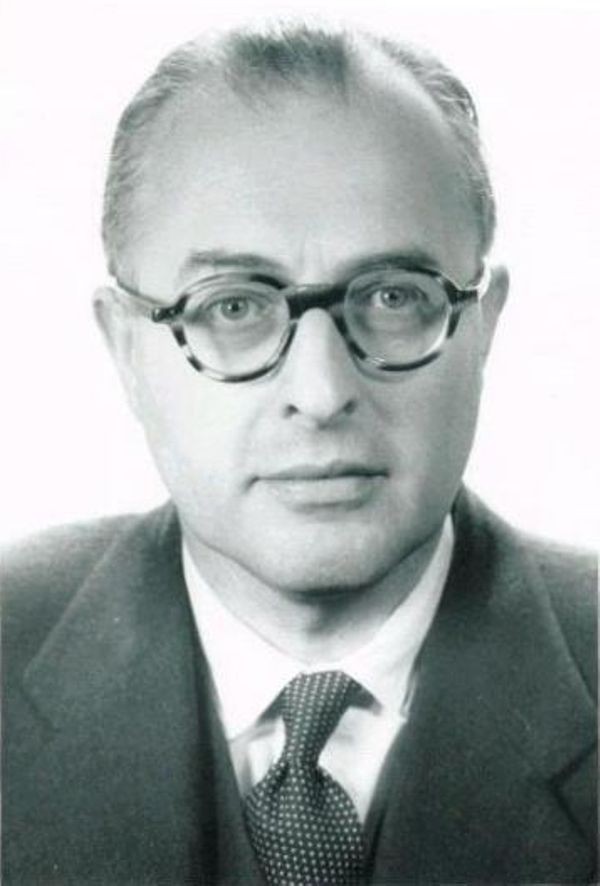
G. W. A. Dummer, an English electrical engineer, foresees the fabrication of all electronic components of a circuit or system in a single block of semiconductor material. Several special-function devices were developed at Bell Labs and RCA before Jack Kilby at TI demonstrated a general-purpose concept "integrated circuit" in 1958.

The EDSAC performed its first calculation. Maurice Wilkes had assembled the machine -- the first practical stored-program computer -- at Cambridge University (an earlier machine at the University of Manchester was too small for practical purposes). His ideas grew out of the Moore School lectures he had attended three years earlier at the University of Pennsylvania. For programming the EDSAC, Wilkes established a library of short programs called subroutines stored on punched paper tapes. It performed 714 operations per second.
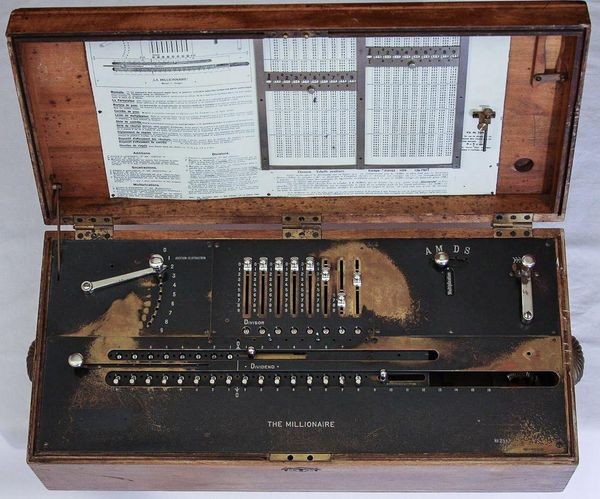
Otto Steiger was issued a patent for his Millionaire calculating machine. For the next 40 years, Switzerland's Hans Egli manufactured 4,700 machines, which weighed 120 pounds each. The Millionaire was notable in its ability to perform direct multiplication, which meant a user could multiply a number by a single digit with a single rotation of the handle.
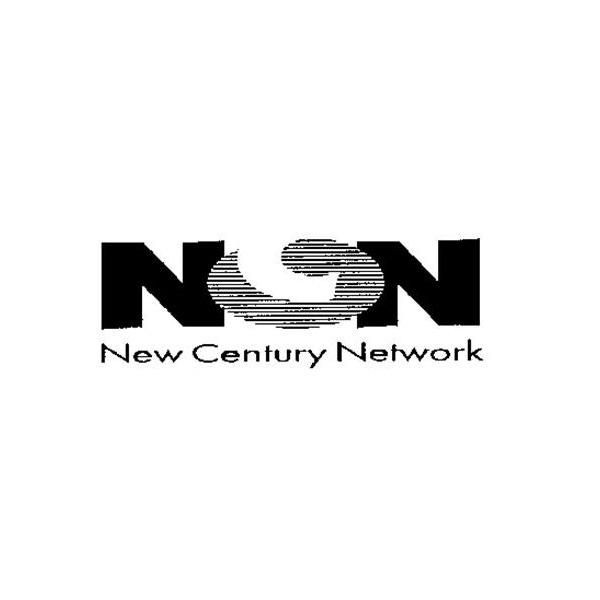
The New York Times announced it would join eight other newspaper publishers in the New Century Network, with the goal of linking local online news services into a national network on the World Wide Web. The popularity of online news has grown along with the Web itself. Now, The New York Times and many other newspapers publish their entire content online every day.

The National Center for Atmospheric Research -- a pioneer in investigating weather patterns and other atmospheric phenomena using computers and other technology -- dedicated its new building in Boulder, Colorado. The building stemmed from a $100,000 grant from the Max C. Fleishmann Foundation and was designed by renowned architect I.M. Pei.

A silicon-based junction transistor, perfected by Gordon Teal of Texas Instruments Inc., brought the price of this component down to $2.50. A Texas Instruments news release from May 10, 1954, read, "Electronic ‘brains’ approaching the human brain in scope and reliability came much closer to reality today with the announcement by Texas Instruments Incorporated of the first commercial production of silicon transistors kernel-sized substitutes for vacuum tubes."
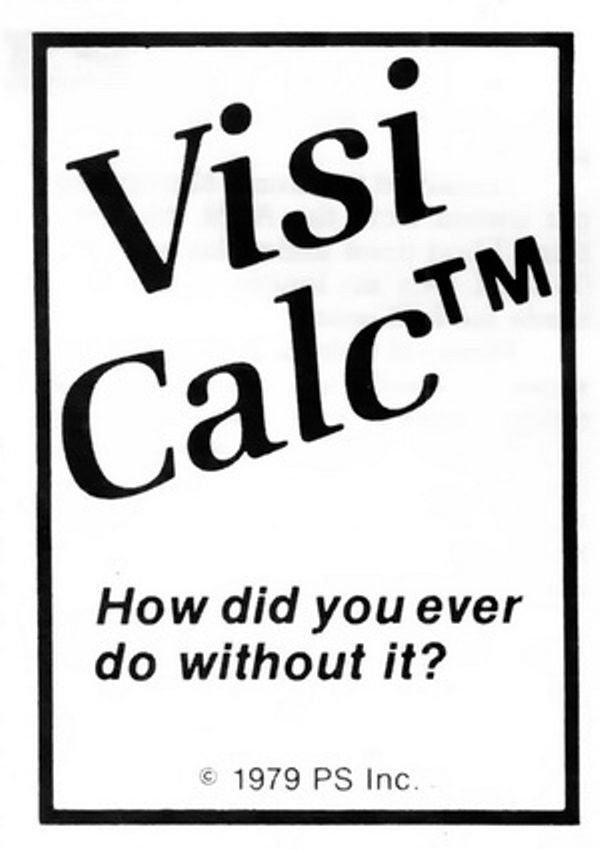
Harvard MBA candidate Daniel Bricklin and programmer Robert Frankston gave the first demonstration of VisiCalc, the program that made a business machine of the personal computer, for the Apple II. VisiCalc (for visible calculator) automated the recalculation of spreadsheets. A huge success, more than 100,000 copies were sold in the first year.
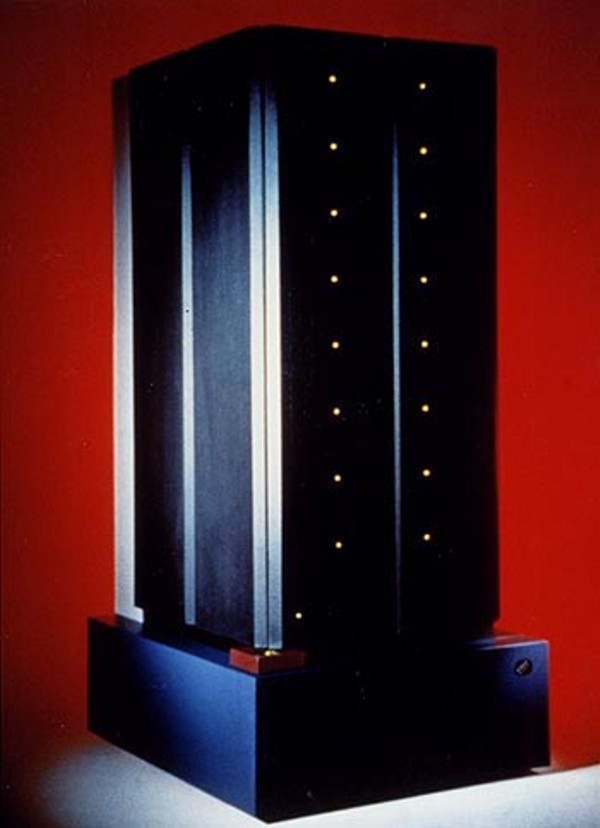
Garry Kasparov beat IBM's Deep Blue in the first match of what many considered a test of artificial intelligence. The world's best chess player, Kasparov eventually lost the match and $1.1 million purse to the IBM supercomputer, which he had claimed could never surpass human chess ability. After losing the sixth and final game of the match, Kasparov accused IBM of building a machine specifically to beat him. Observers said he was frustrated by Deep Blue's quickness although they expected him to win with unconventional moves.


